About 20 years ago, I was driving south on Interstate 15 in the dim afterglow of a patented eastern Idaho sunset over the Snake River Plain, just north of the community of Blackfoot. The Snake flows southwest here, right under the freeway, and as I approached the river in the dim light, I heard what I initially thought were raindrops.
And then, in mere seconds, I couldn’t see a damn thing. I flipped on the wipers and doused the windshield in the straight blue wiper fluid—I’d driven through a smoky-thick cloud of midges hatching from the river beneath me, and they’d peppered my truck with their tiny, unfortunate corpses.
It was a midge murder scene.
It was also a reminder to me that windshields aren’t just for, well, shielding the wind. They also protect all those inside the vehicle from the havoc such critters make on the outside. And, for a fly fisher, they serve as a very real classroom when it comes to entomology and what’s hatching from nearby rivers and streams. Had I had the time to pull over and fish that evening, I would have put on a midge emerger and fished it on the swing— just as my windshield would have “instructed” me to do. And I’m fairly certain I would have crushed it.
Not quite three years ago, I was driving north through Kootenay, Banff and Jasper national parks in British Columbia and Alberta on my way to the Arctic. I’d spent the previous three days fishing around Ferney, B.C., and I’d done very well. Hatches had been obvious, and the fish had been quite cooperative. And I’d wager that I went through four liters of windshield wiper fluid in the two days I spent driving up and over Crowsnest Pass and back.
As I cruised out of Radium Hot Springs on my way north, something felt amiss. I drove along the mighty Kootenay River—this eventual tributary to the Columbia was carrying a lot of glacial silt thanks to recent rains. Farther north on the other side of the Continental Divide, I hit the upper reaches of the Bow, which was also off color and carrying a lot of runoff. Oddly, on this early July day, my windshield remained perfectly clean (well, save for the pits and cracks I’d accumulated over the the first couple weeks of my trip).
No midges. No mayflies (up until then, large Green Drakes had been hatching almost daily, much to the delight of the native cutthroat trout in the Elk, Oldman and Bull rivers—and to my delight, as well). Nothing.
So, reading my windshield, I just kept driving.
I’m sure, had I stopped and plied the upper reaches of these fabled rivers, I might have coaxed a fish or two to hand, but with no noticeable bug activity, and miles and miles to go, I just couldn’t be motivated to undertake any fishing that might be less than average. This was to be an adventure, not a heady “what are they hitting?” ordeal where I might feel really good about both fish I managed to catch. If wanted that level of frustration, I could have stayed home and fished the Henry’s Fork as it flows through the Railroad Ranch, or cast size 20 dries on 7x tippet to finicky Silver Creek browns and rainbows.
On that trip through the Canadian Rockies, as I moved north and eventually lost altitude at Jasper, my windshield again began to require the occasional flush of fluid, thanks to smaller midges that showed up first. They were followed again by Green Drakes—it had been a wet summer, and this fly literally seemed to follow me to the Arctic — and eventually caddis flies. I stopped west of Jasper, rigged up and got into some decent rainbows on the Miette River (there are bull trout there, too).
I even poked into some smaller tributaries off the Miette and caught a few decent trout, picking my patterns generally from the buggy corpses that the swarms of insects left on my windshield.
It’s not a fool-proof, tell-tale method, relying on your windshield for fly selection advice. But viewing more than just the road ahead through the glass on your vehicle can give you some good ideas when it comes to what’s hatching in the river you happen to be motoring along, and what you might consider when you stop, gear up and open your fly box.
Of course, every river has its own personality, and, frankly, its own hatch chart. But when you’re in new country fishing new water, the first resource you ought to consult is the glass you’ve been staring through for miles, particularly if fly shops are few and far between.




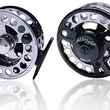





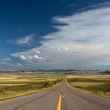
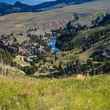


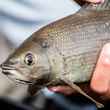
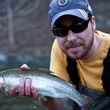



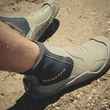
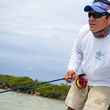



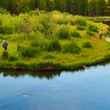
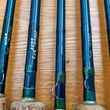



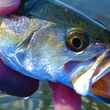
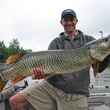
Comments